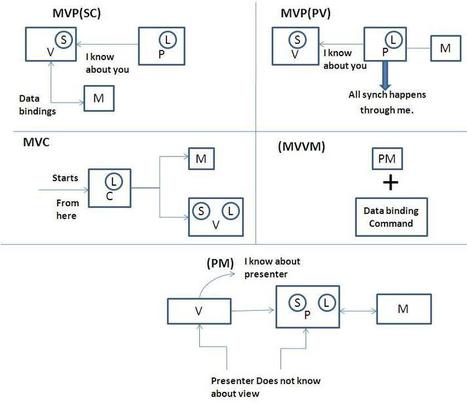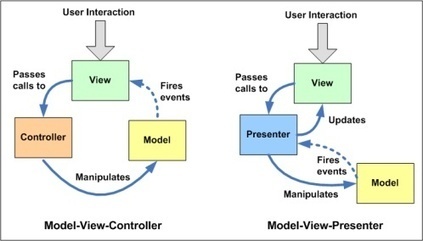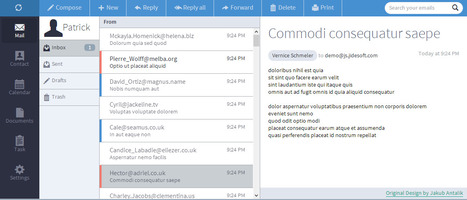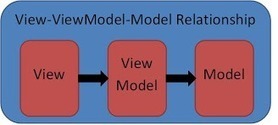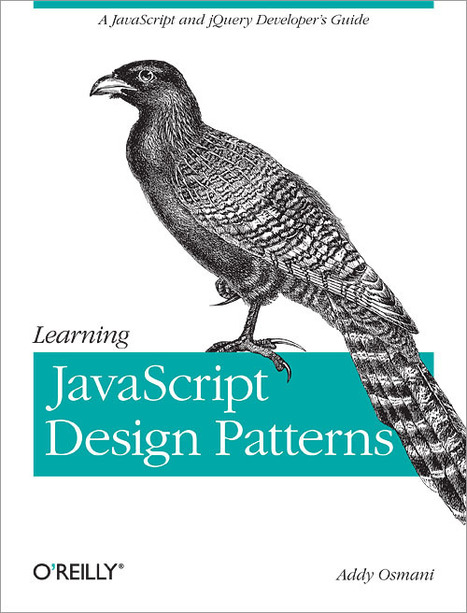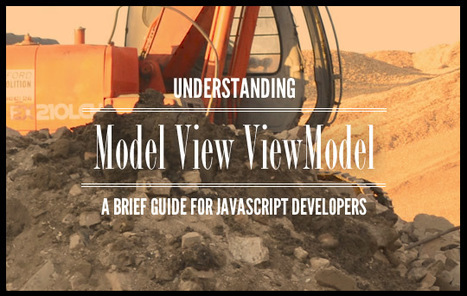IMVVM is designed to complement the React library. A Facebook and Instagram collaboration.
To further quote the React website, "lots of people use React as the 'V' in MVC". Well I thought, why not use React as the 'V' in MVVM, and keeping inline with React's philosophy on immutability, lets make it use immutable data. So I created IMVVM.
This is my take on MVVM and immutability using javascript. IMVVM tries to resemble a React application. So it not only feels like your developing in the same environment, but if your coming from React, you should be able to pick up IMVVM quickly.




 Your new post is loading...
Your new post is loading...



